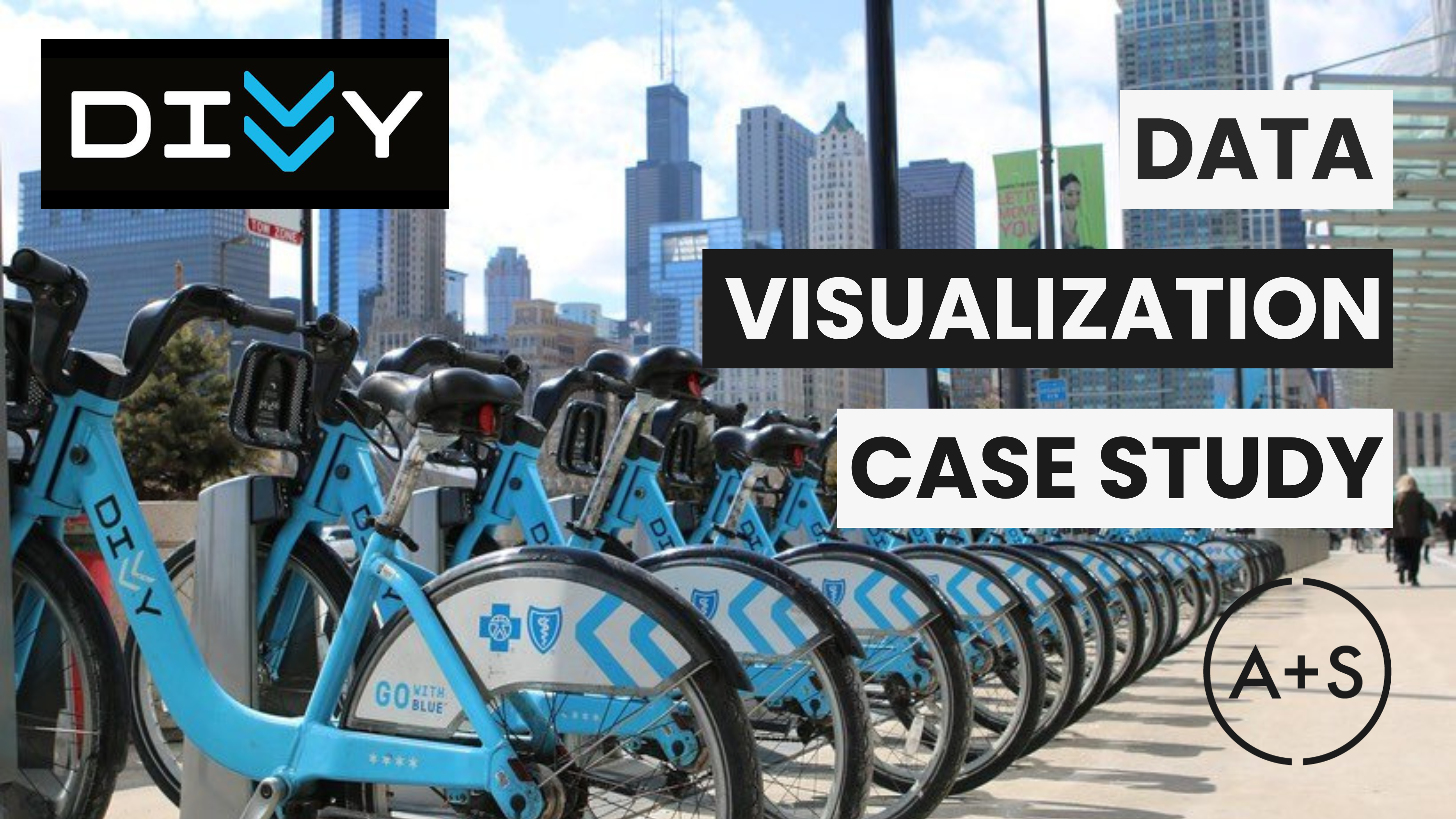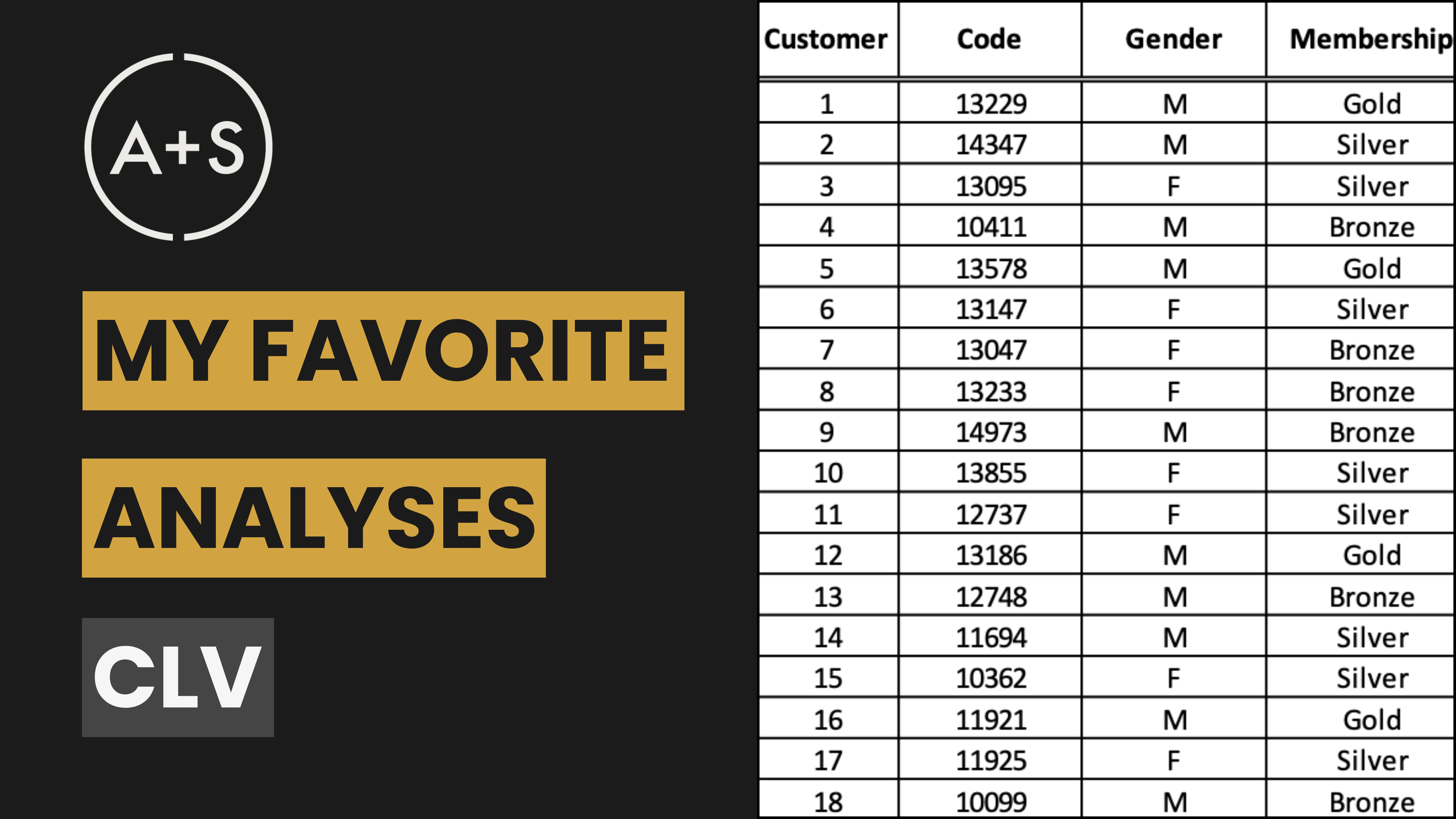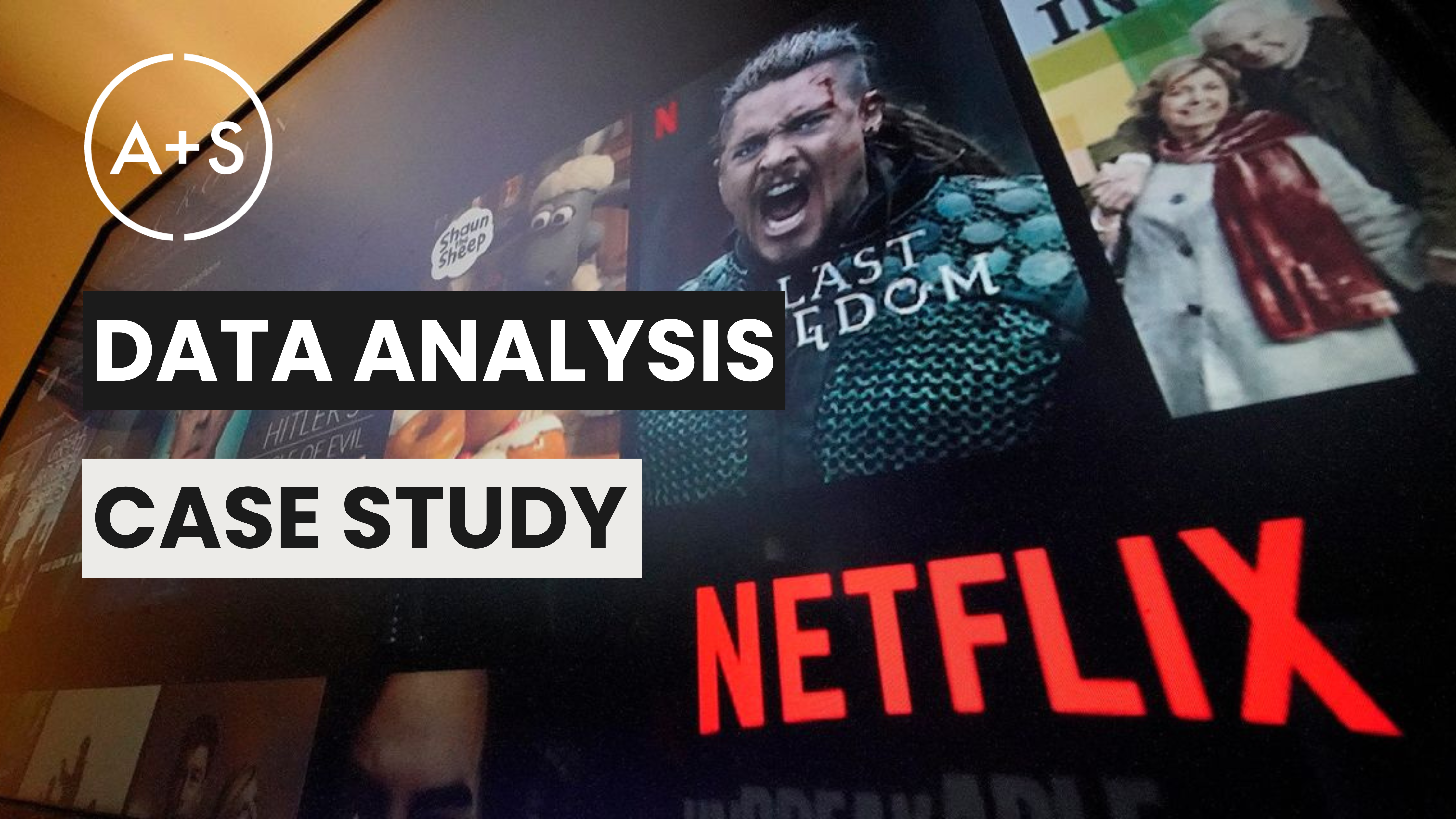This fictional case involving Chicago-area bike ride share program Divvy teaches students how to use publicly available data and tools to create data visualizations that reflect the three rules of the evaluation framework for the visual form: sophisticated use of contrast, clear meaning, and refined execution.
Summary
Lindsay Silk-Kremenak, Director of Marketing for the Chicago area’s Divvy bike-share program, understood the company’s future success depended on a focused approach to marketing that maximized the number of annual memberships. She was sure that data analysis could unlock the insights needed to design marketing strategies that would help her achieve that objective. But what Lindsay knew most certainly was that Divvy’s executive team would only support her team’s recommendations if members communicated their insights through expertly crafted data visualizations.
Key characters
Divvy: A Chicago-based bike-share program that features nearly 6,000 bicycles and more than 600 docking stations.
Lindsay Silk-Kremenak: Director of Marketing for Divvy, responsible for the development of campaigns and initiatives to promote the Divvy program using email, organic social, paid media, Out Of Home (OOH), and other media channels.
Divvy marketing analyst team: Team of data analysts that reports to Lindsay Silk-Kremenak and is responsible for the collection, analysis, and reporting of data that help guides Divvy marketing and other initiatives.
Divvy executive team: Notoriously detail-oriented executive team that provides approval for marketing campaigns, initiatives, and programs Silk-Kremenak recommends.
About Divvy
Divvy, a Chicago Department of Transportation program, is a bike-share system in Chicago and Evanston. Divvy is a convenient, fun, and affordable transportation option for commuting to work, getting around town, and exploring Chicago. Like other bike-share systems, Divvy consists of a fleet of specially designed, geotracked, and durable bikes that are locked into a network of docking stations throughout the region. The bikes can be unlocked from one station and returned to any other station in the system 24/7.
Consumers can buy access to Divvy bikes using these options: (1) Single-ride passes for $3 per 30-minute trip; (2) Full-day passes for $15 per day for unlimited three-hour rides in a 24-hour period; and (3) Annual memberships for $99 per year for unlimited 45-minute rides. Small charges (15 cents per minute) are incurred when single rides exceed the maximum time allowance to dissuade consumers from checking out bikes and not returning them on time.
How can Divvy drive more annual memberships?
Lindsay Silk-Kremenak had a clear ambition.
As Director of Marketing for the Divvy bike-share program, Silk-Kremenak and her small but effective marketing team had overseen a successful launch of the program in the Chicago area, with 750 bikes at 75 stations, in 2013. Since that launch, Silk-Kremenak and her team were the engine behind the program’s growth. By 2019, Divvy had expanded to feature 5,800 bicycles and 608 stations, covering almost all of the city of Chicago and two nearby suburbs.
She was also instrumental in brokering a deal for the management of Divvy’s bikes with the ride-share company, Lyft, in April 2019. The deal made perfect sense for Divvy, allowing the company to focus on its core competency of sales and marketing, while handing over fleet management to a company with deep expertise. Lyft manages all of the largest bike-share systems in the U.S. and many of the largest systems in the world, including Bay Wheels (California Bay area), Bluebikes (Boston, Massachusetts), Citi Bike (New York and Jersey City), Divvy (Chicago), CoGo Bike Share (Columbus, Ohio), Capital Bikeshare (Washington, D.C.), Nice Ride (Minneapolis, Minnesota), and BIKETOWN (Portland, Oregon).
The program was a tremendous success by nearly every measure. But Silk-Kremenak knew the program’s future success required a more focused marketing strategy. To date, Divvy marketing relied on building general awareness and a well-defined set of value propositions that appealed to broad consumer segments. This approach led to great market awareness for the bike-share program and diverse marketing tactics that promoted its many benefits.
One such benefit was the flexibility of its pricing plans. Consumers could use a bike for short trips by buying a single-ride pass or for an entire day through a full-day pass (internally, Divvy referred to these consumers as “casual riders”). Alternatively, consumers could become annual members to gain unlimited access to Divvy bikes for the entire year (customers Divvy called “members”). Silk-Kremenak’s finance analysts concluded that members were much more profitable than casual riders (both single ride and full day). Although the pricing flexibility helped Divvy attract more customers, it was clear to Silk-Kremenak that her primary objective was maximizing the number of annual members.
Silk-Kremenak knew the easiest path to annual memberships was to convince Chicago-area casual riders to become members. These customers were already aware of the Divvy program, which made messaging easier, as there was no need to cover the basics of the Divvy experience. Furthermore, casual riders had chosen Divvy for their mobility needs, demonstrating consideration for the program and making them easier to guide toward becoming members than consumers who might want to first try the bike-share program before committing to the annual plan.
Data privacy introduced one important complication. The city of Chicago’s recent regulatory changes and data privacy commitments prohibited Silk-Kremenak and her team from working with casual riders’ personally identifiable information. In other words, Divvy was precluded from connecting pass purchases to individuals. Linking credit card numbers to passes could help the Divvy marketing team segment casual riders by their home addresses (i.e., separating those who live in the Divvy service area from tourists), consumers who bought multiple or repeat passes, and other important views into the data. Silk-Kremenak would need to rely on general insights to design her marketing approach, along with the marketing intuition she had earned from years spent in her role.
Silk-Kremenak turned to her team of data analysts for help. With her objective of converting casual riders to members, she worked with her team to design three questions which, once answered, could provide guidance for the marketing program she needed:
-
What ways do members and casual riders use Divvy bikes differently?
-
Why would Casual Riders want use Divvy more?
-
How can Divvy influence Casual Riders to become Members?
Silk-Kremenak was sure that answers to her questions could be found in the Divvy trip data. What she was less convinced of was that those insights would sway her executive team. Divvy’s executives were notoriously detail-oriented. That attention to detail contributed directly to Divvy’s success by producing a program that thought through and met every consumer need. It also earned them a reputation of being hard on their teams and partners, especially when it came to data analysis.
The Divvy executive team would require data-rooted answers to the questions Silk-Kremenak handed her analytics team. Securing buy-in, however, meant the analytics team would need to present these insights through data visualizations that featured a sophisticated use of contrast, expressed clear meaning, and exhibited refined execution.
“To convince our executive team,” Lindsay advised her analysts, “your visuals will need to be sophisticated, clear, and polished.”
Your assignment
Your assignment scenario, questions, and steps will be provided in class.




